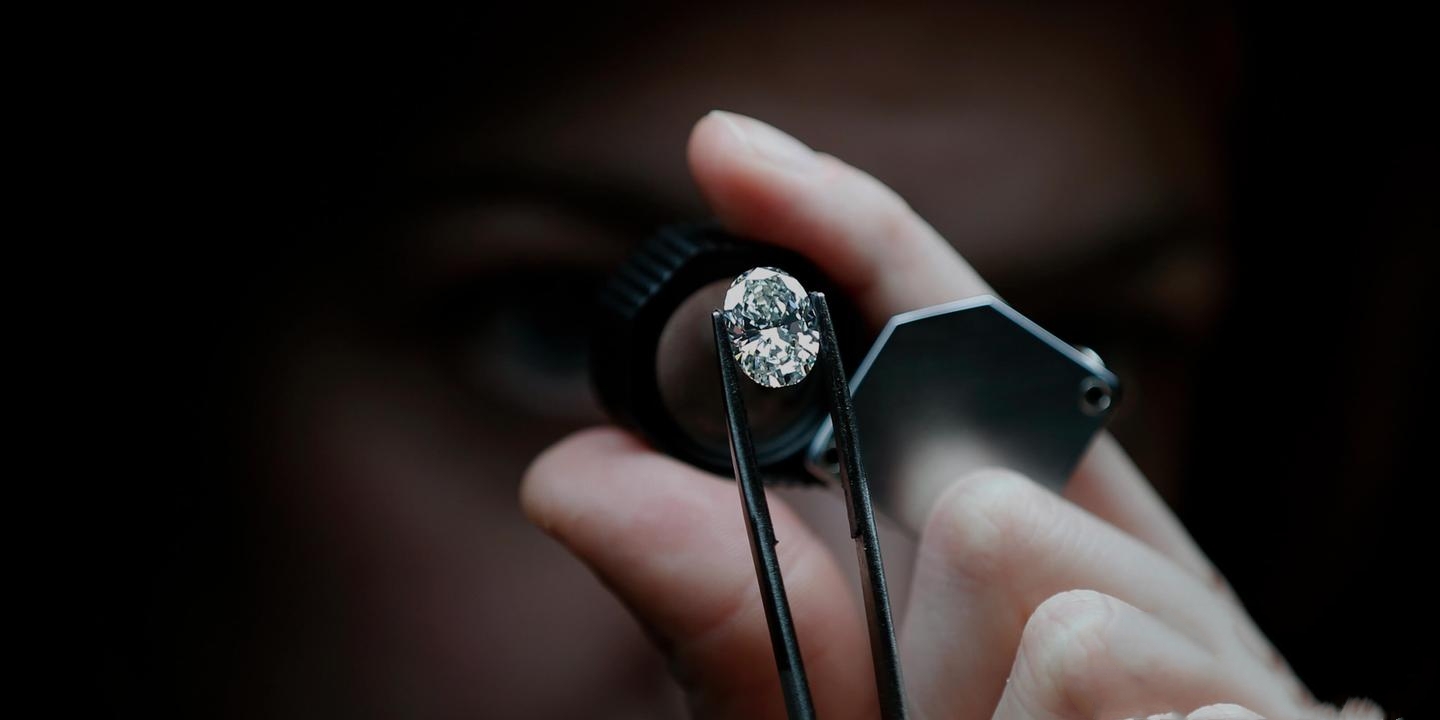Lab-grown diamonds have been gaining popularity in recent years, offering a more sustainable, ethical, and affordable alternative to traditional mined diamonds. These diamonds are chemically, physically, and optically identical to natural diamonds but are created in a controlled laboratory environment rather than being extracted from the earth. Lab diamond engagement rings are now a popular choice for couples who want a beautiful, conflict-free, and environmentally-conscious symbol of their love.
What Are Lab-Grown Diamonds?
Lab-grown diamonds, also known as man-made or synthetic diamonds, are created through two main methods: High Pressure High Temperature (HPHT) and Chemical Vapor Deposition (CVD). Both techniques mimic the natural conditions that occur deep within the Earth, where diamonds are formed over millions of years.
- HPHT: This method involves using high pressure and high temperature to replicate the natural formation process of diamonds. Carbon is subjected to extreme heat and pressure in a press, creating a crystal structure that forms into a diamond.
- CVD: This process involves creating a plasma in a vacuum chamber to break down carbon-containing gases like methane. The carbon atoms then bond and slowly build up layer by layer to form a diamond.
Both processes result in diamonds that are identical to natural diamonds in terms of their chemical composition, hardness, brilliance, and clarity.
Benefits of Lab Diamond Engagement Rings
- Affordability: One of the main advantages of lab-grown diamonds is their lower price point compared to mined diamonds. Because the production process is controlled and doesn’t involve the costly mining operations, lab diamonds are typically 20-40% less expensive than their natural counterparts of similar size and quality.
- Ethical and Conflict-Free: Lab diamonds are created without any human or environmental harm, making them an ethical choice for conscious consumers. In contrast, natural diamonds, especially those from conflict zones, have often been associated with human rights violations, child labor, and environmental degradation. Lab diamonds are not linked to any of these issues, making them a safe and socially responsible choice.
- Environmental Sustainability: The diamond mining industry has a significant environmental impact, including habitat destruction, water contamination, and energy consumption. Lab-grown diamonds have a much smaller carbon footprint compared to mined diamonds, making them a more eco-friendly option for those who want to minimize their environmental impact.
- Quality and Variety: Lab-grown diamonds are available in a wide range of shapes, sizes, and qualities, just like natural diamonds. With advances in technology, it’s possible to produce diamonds with high clarity and brilliant cut, meaning customers can enjoy the same level of beauty and quality as with mined diamonds. Many companies also offer customization options, allowing for unique and personalized designs.
- Transparency: Many lab-grown diamond manufacturers provide detailed information about their diamonds, including the exact grading, the methods used in their creation, and the origin of the materials. This level of transparency gives consumers confidence in their purchase and assures them they are making an informed decision.
The Growing Popularity of Lab-Grown Diamonds
Lab-grown diamonds have surged in popularity, especially among younger generations who are more environmentally and socially conscious. According to recent market trends, lab-grown diamonds are expected to account for a growing share of the global diamond market. Engagement rings, in particular, have seen an increase in demand, as couples look for more affordable, sustainable, and ethical options for their rings.
The increasing availability and acceptance of lab diamonds have also led to the development of a wide variety of engagement ring designs. Jewelers are now offering lab grown diamonds in classic solitaires, halo settings, vintage-inspired rings, and more, ensuring there is a perfect style for every couple.
Common Misconceptions About Lab-Grown Diamonds
Despite their many benefits, some people still have misconceptions about lab-grown diamonds. Here are a few common myths:
- They are not real diamonds: Lab-grown diamonds are chemically and structurally identical to natural diamonds. The only difference is their origin, and they share the same brilliance, fire, and hardness.
- They are lower in value: Lab-grown diamonds may be less expensive than mined diamonds, but their value holds well over time. Their prices are also not subject to market fluctuations in the same way as natural diamonds, making them a stable investment.
- They don’t last as long: Lab-grown diamonds are just as durable and long-lasting as natural diamonds. They are both composed of pure carbon atoms and are the hardest known natural material on Earth.
- They are not as beautiful: Lab-grown diamonds are just as beautiful and brilliant as natural diamonds. The only difference is their price and origin.
Choosing a Lab Diamond Engagement Ring
When choosing a lab-grown diamond engagement ring, it’s important to consider the same factors you would for a natural diamond. The Four Cs—cut, color, clarity, and carat weight—are essential in determining the quality and appearance of the diamond.
- Cut: The cut refers to how well the diamond has been shaped and faceted. A well-cut diamond will sparkle more, regardless of its size.
- Color: Lab-grown diamonds come in various shades, with D being the highest grade (colorless) and Z being the lowest. Most engagement rings feature diamonds in the near-colorless range (G-H).
- Clarity: Lab-grown diamonds are available in various clarity grades, ranging from flawless to included. As with natural diamonds, the fewer the inclusions, the higher the clarity.
- Carat Weight: This measures the weight of the diamond, with larger diamonds generally being more expensive. However, lab diamonds provide an opportunity to purchase a larger diamond at a lower price point.
Conclusion
Lab diamond engagement rings offer a brilliant and ethical alternative to traditional mined diamonds. They combine sustainability, affordability, and beauty, making them an attractive choice for couples who want to celebrate their love while minimizing their environmental footprint and supporting ethical practices. With technological advancements and growing acceptance, lab-grown diamonds are set to become an increasingly popular choice for engagement rings in the years to come.






